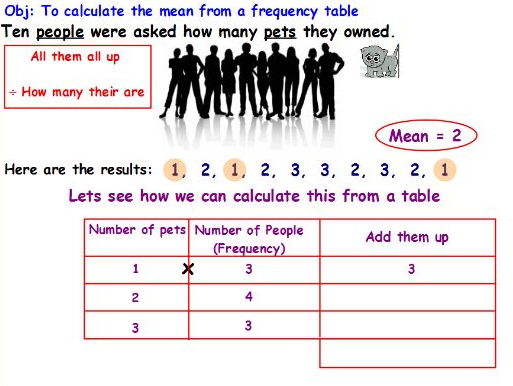Revelsum's Shop
I am a firm believer that 75% of behaviour issues in a classroom can be controlled through the resources given to students. I have worked with a lot of low ability classes where constructive work is essential. The scheme of work can be tough for pupils to access and I have had to really think about prior knowledge and breaking work down into manageable pieces. My aim is to make worksheets that cater for all, enable students to keep busy and progress from section to section.





















